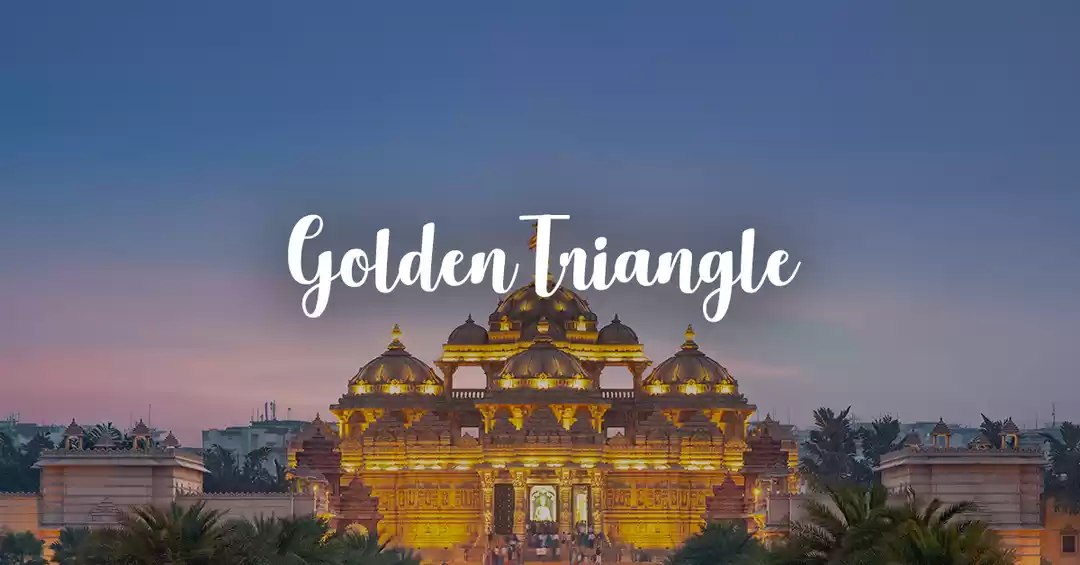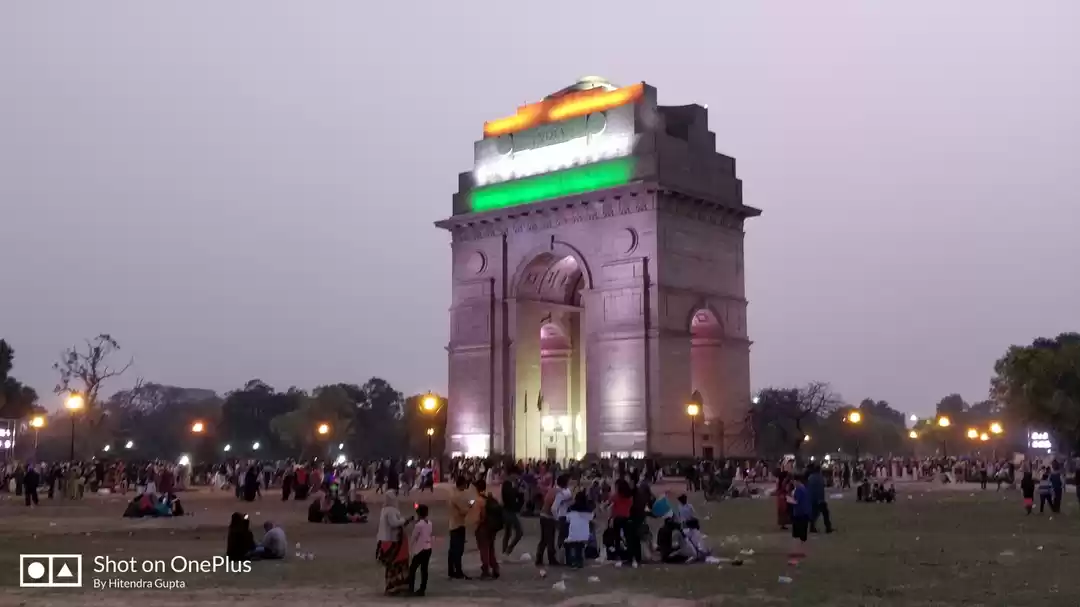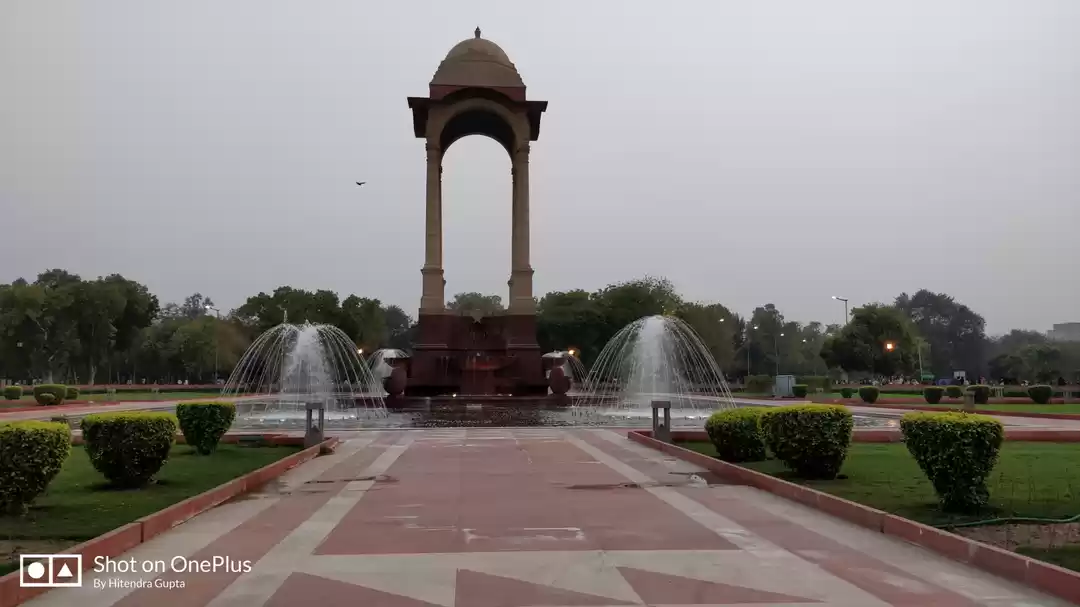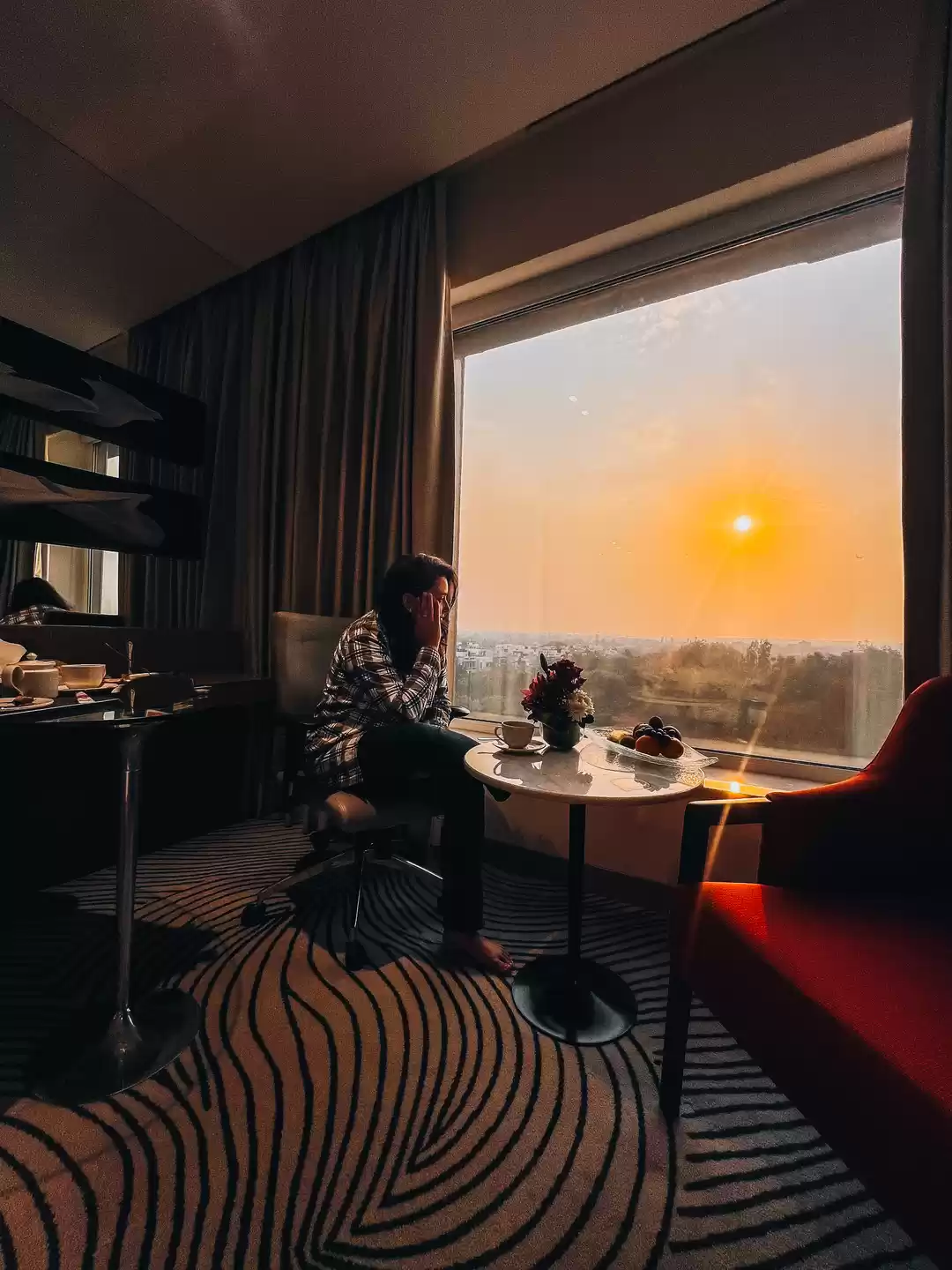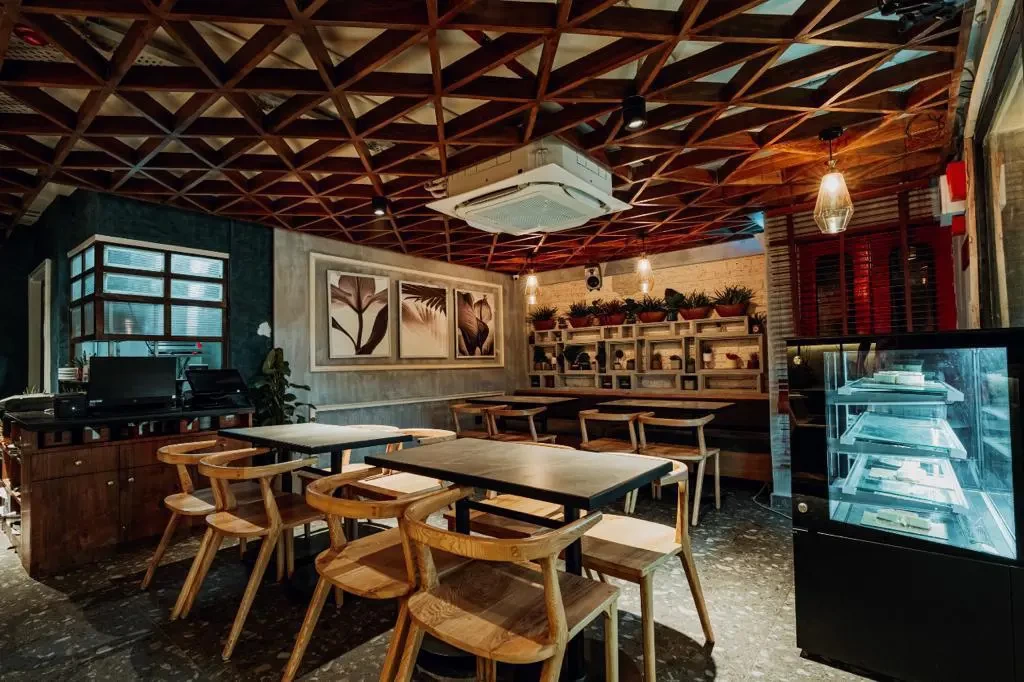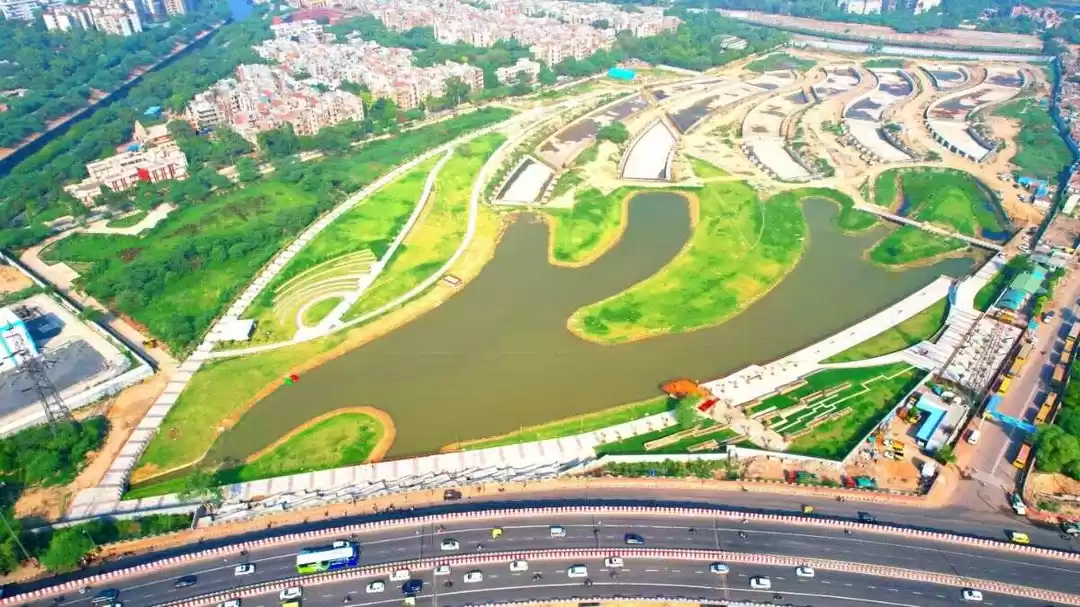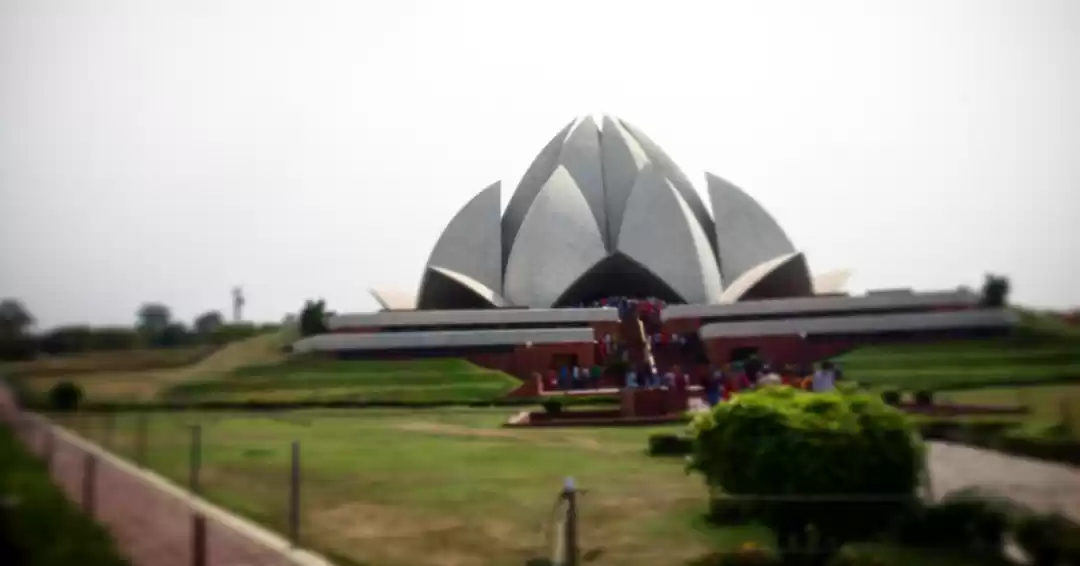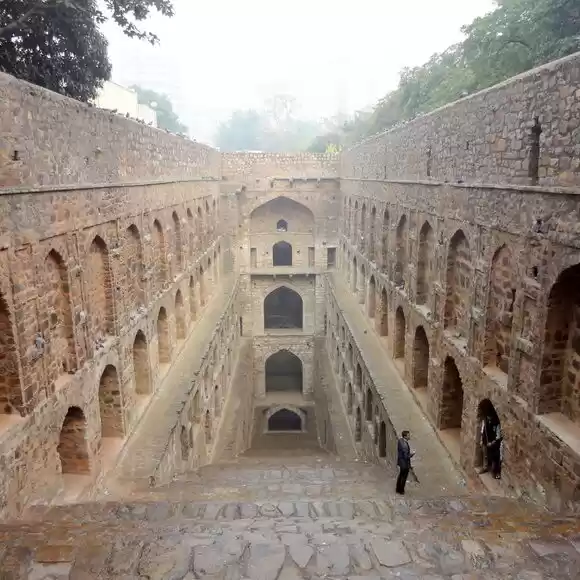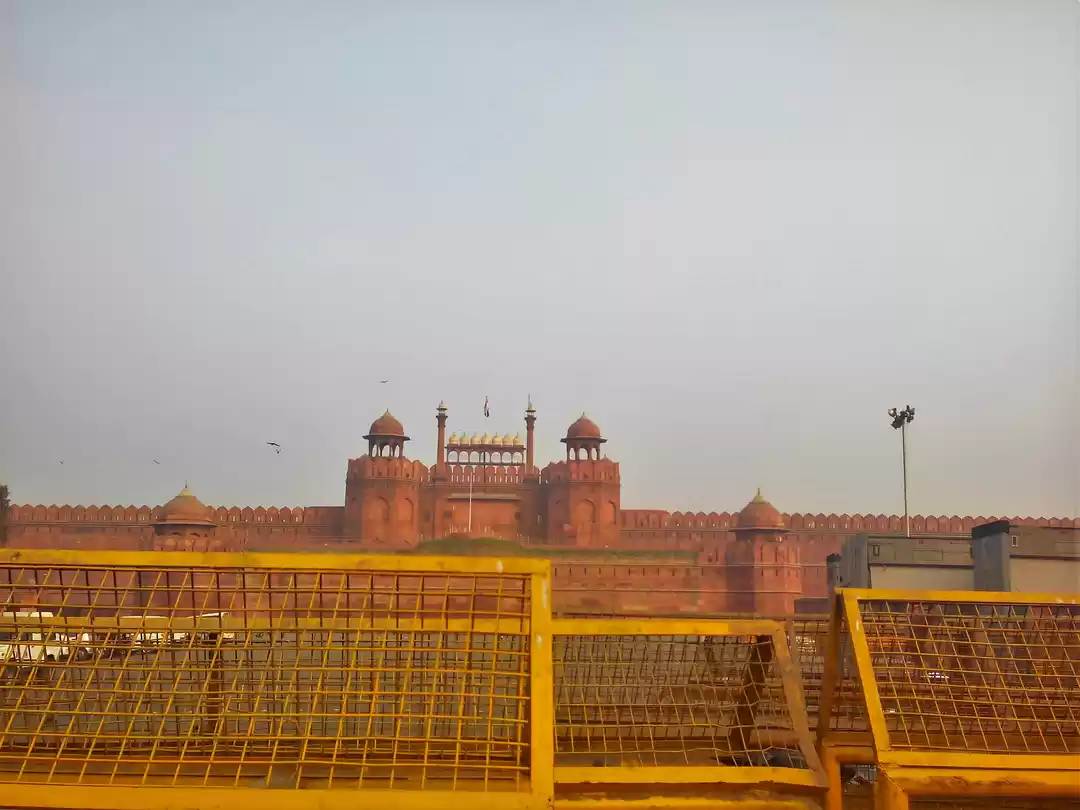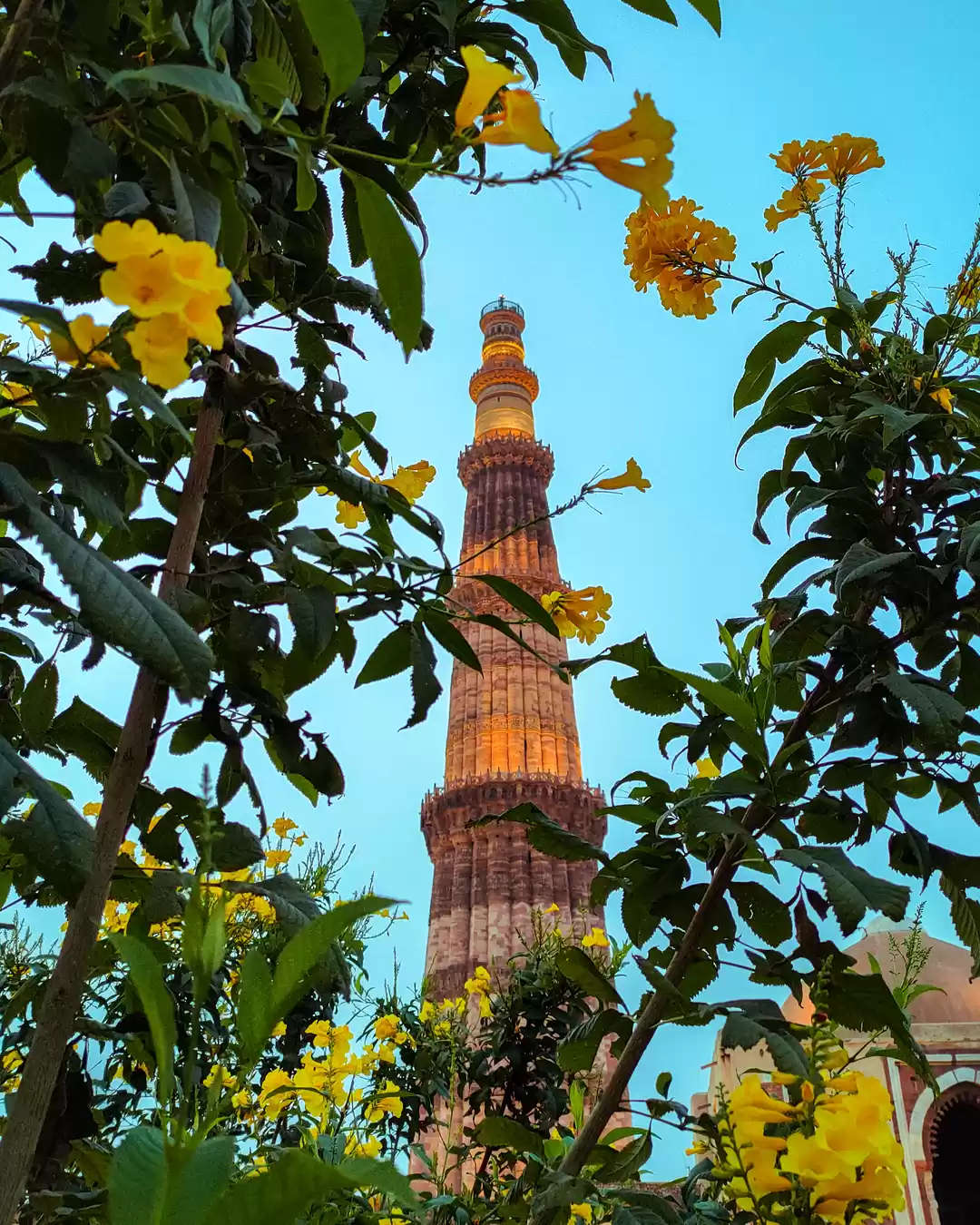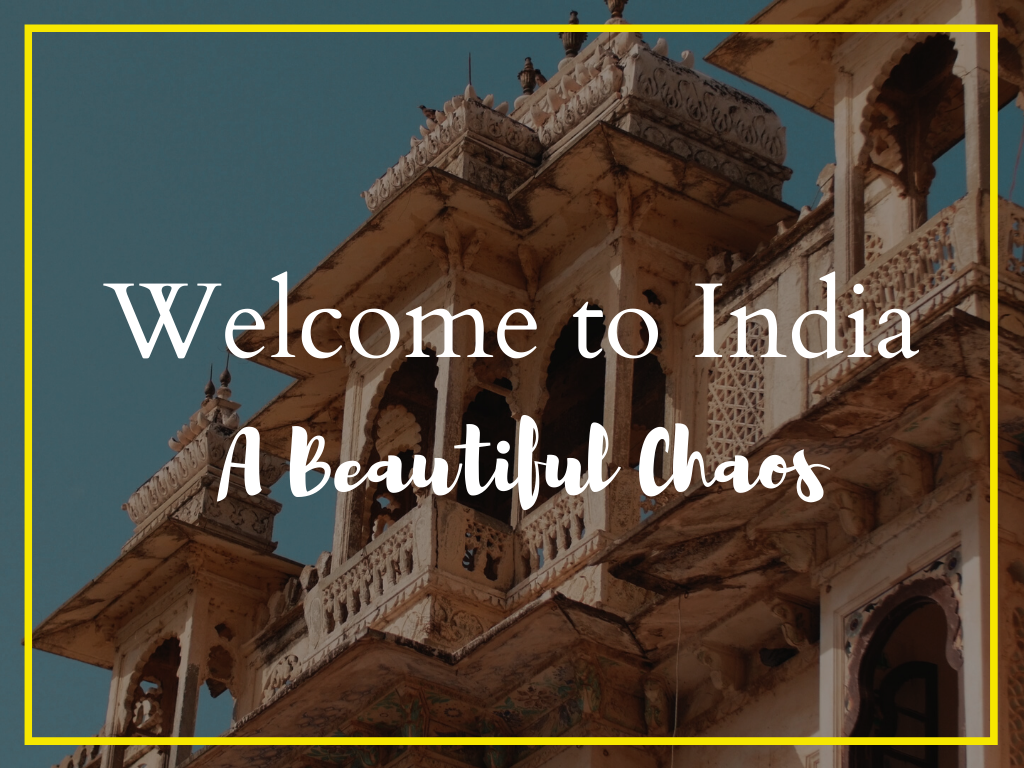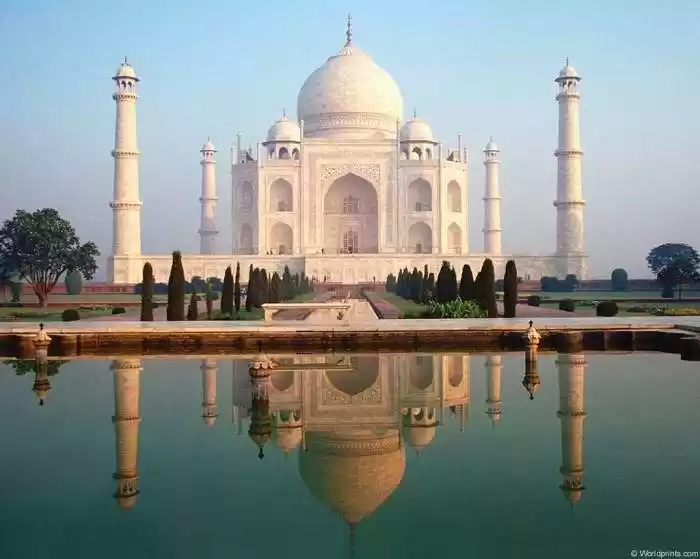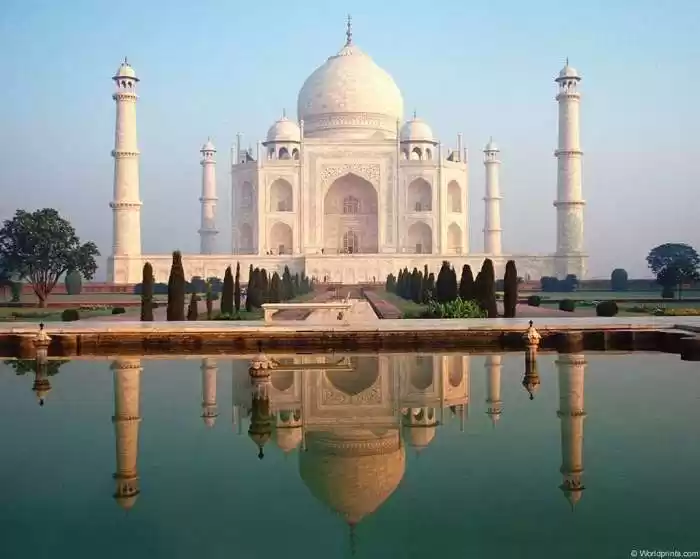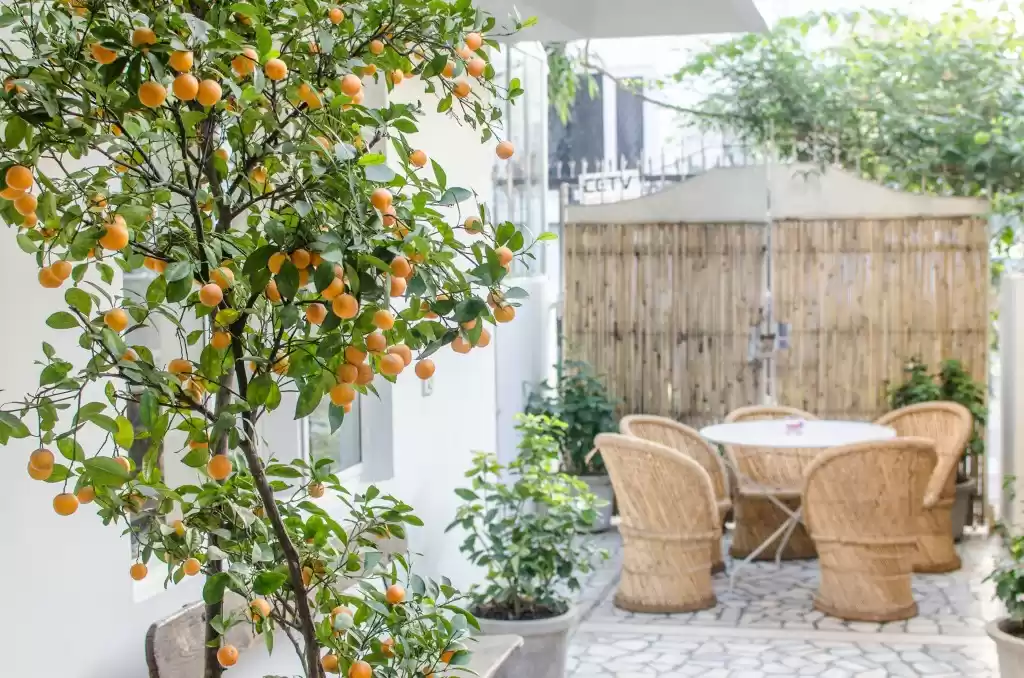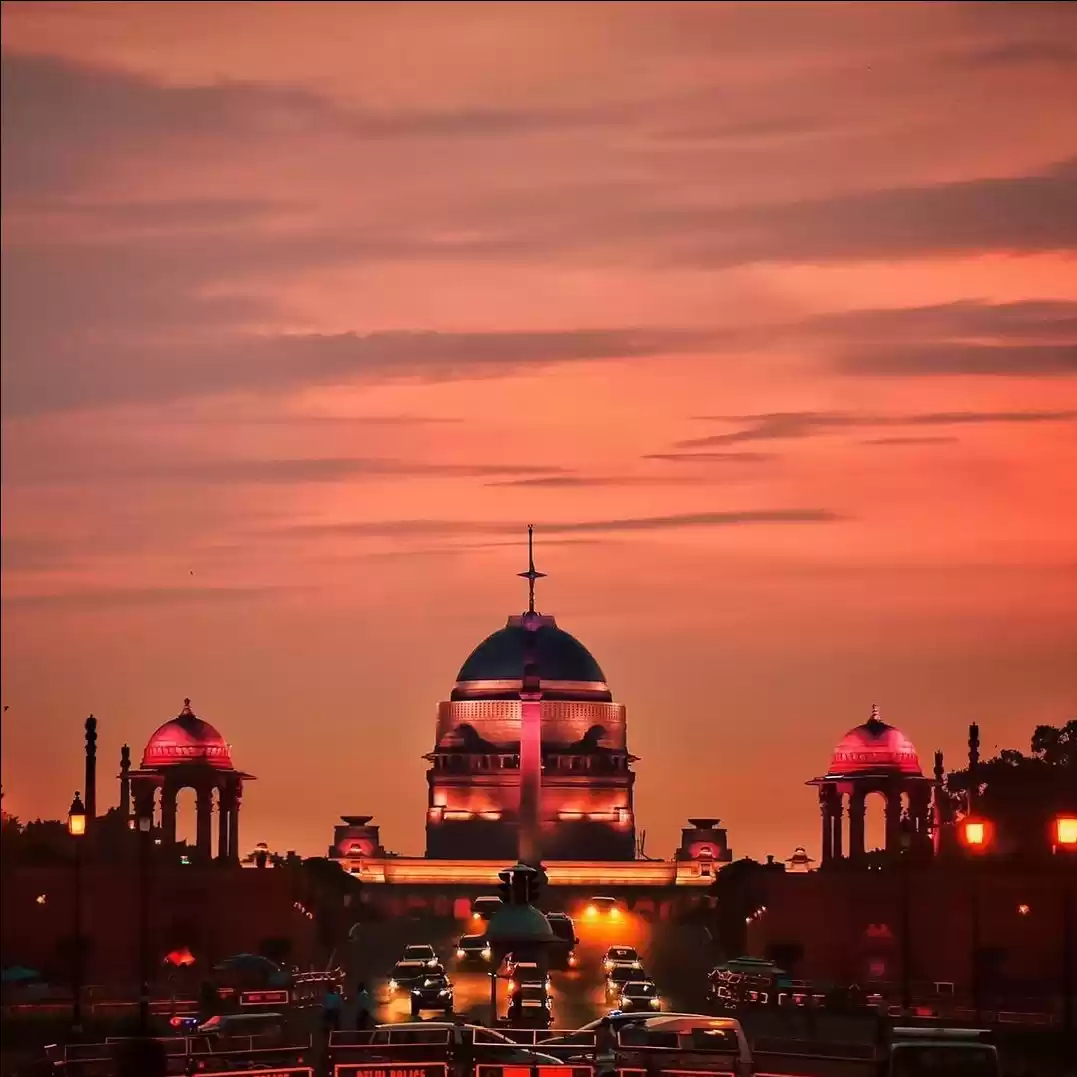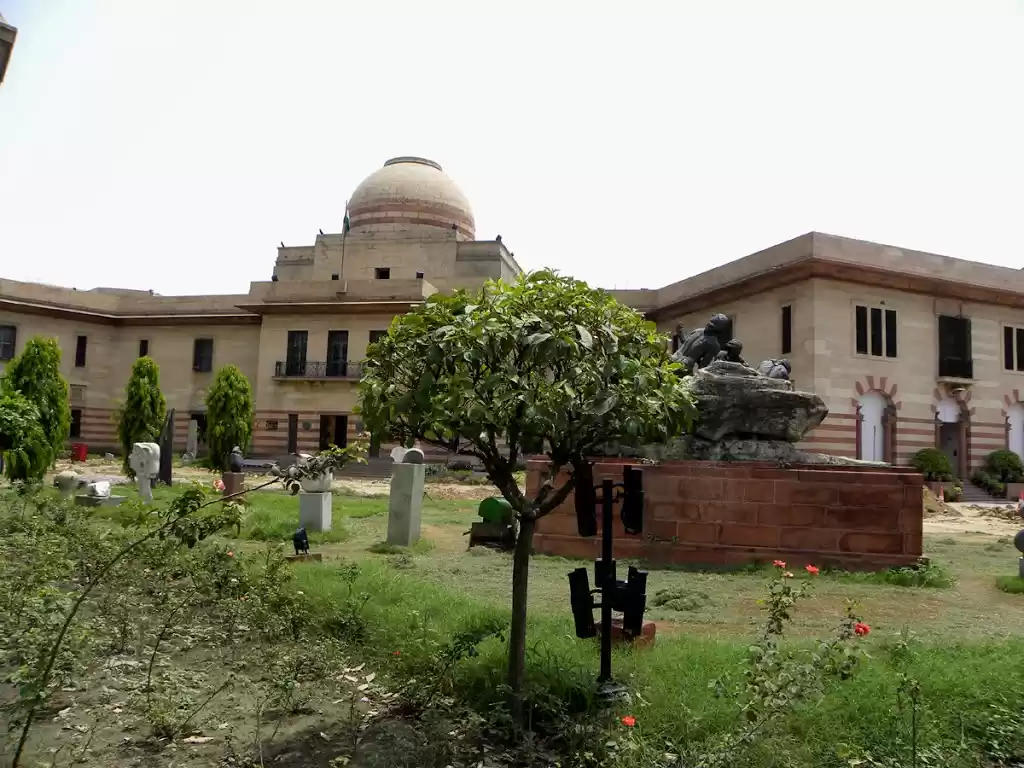With its flamboyant architecture, the Lotus Temple, shaped as the Lotus flower with its petals half open, stands regally amongst the lush green Shambhu Dayal Bagh, New Delhi. The inception of Baha’i Faith in India dates back to 1844. The Lotus Temple Delhi is the seventh major Bahai's of the world. Designed by Fariborz Sahba, an Iranian-American architect, it finished construction in the year 1986. Lotus Temple Delhi is a site for the Baha’i House of Worship and is therefore nicknamed as the Bahai Temple. The Lotus itself is a symbol of peace and the Lotus Temple embodies that very spirit.
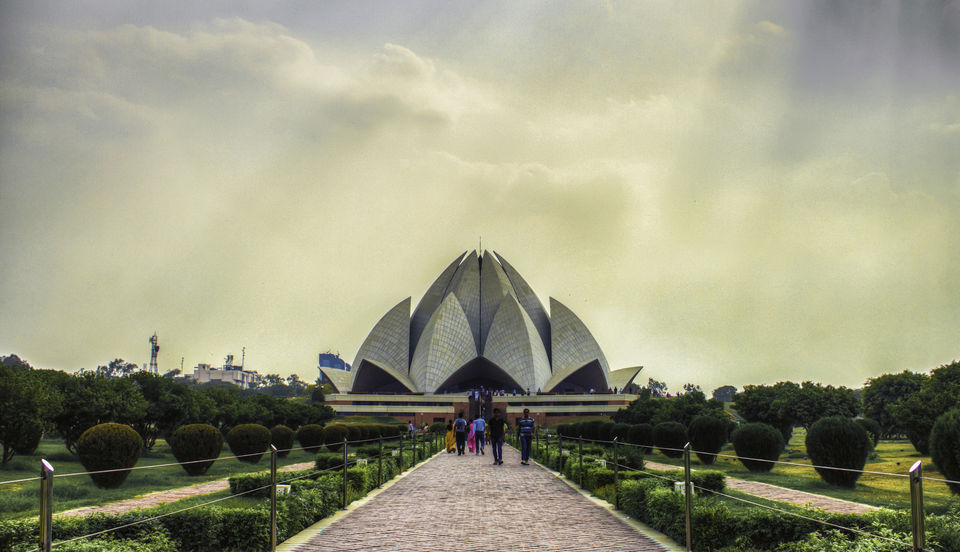
Lotus Temple Delhi
Credit- Flickr/Claudio Accheri
Lotus Temple History
Oneness of God, religion and mankind are the most important beliefs of the Persian Bahai sect and, therefore, it is not a surprise that the Lotus Temple Delhi is a place of worship and meditation that welcomes people from all religions and cultures. Like all other Baha’i Houses of Worship, the Lotus Temple Delhi, too, shares some of the basic designs and concepts. Nine-sided and circular in shape, this colossal is constructed of spotless blocks of marble.
You may also like to read: vadakkunnathan temple
27 petals clad in marble stand tall to form a cluster leading to the shape of a lotus. Suspended on nine pristine blue ponds that encompass it, it actually creates an illusion of a lotus floating on water. The number nine is a signifier of the nine unifying spiritual paths of the Baha’i Faith. There are also nine entries all of which lead to the nucleus- one central hall which can accommodate approximately 2000 people.

The surrounding ponds
Credit- Flickr/Paul Ancheta
Information about Lotus Temple Delhi: Photography is forbidden inside the hall premises.
The significance of Lotus is paramount in the customs and cultures of India. It is an emblem common to Islam, Hinduism, Buddhism and Jainism. In the epic poem Mahabharata, the creator of the universe, Brahma, is said to have sprung from a lotus. He also sits idly on the lotus flower. And again there is the Buddhist folklore that depicts the birth of Bodhisattva Avalokiteshvara from a lotus. The lotus is, therefore, deep-rooted in the cultures of India. There could not have been a destination more apt than India to build this prodigy.
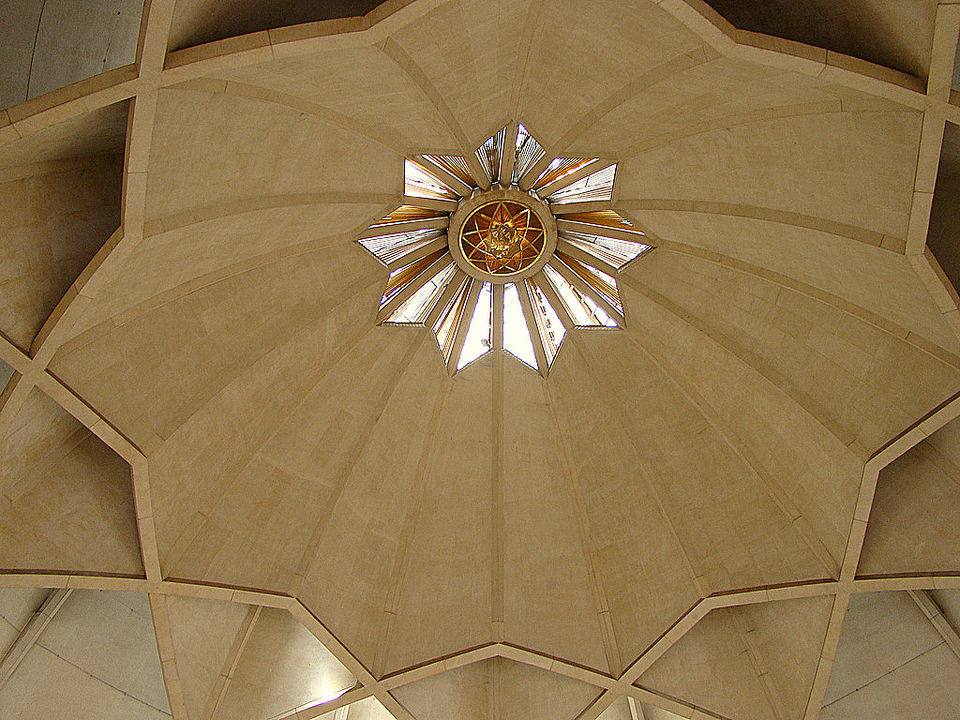
The roof of the Lotus Temple
Credit- Flickr/VasenkaPhotography
Once you walk inside the Lotus Temple Delhi you will be intoxicated with its silence. The absolute noiselessness puts you through the contemplative mood to experience divinity. Neither sermons are held inside nor any musical instruments are played. However, you can read or chant from holy scriptures. A deep reverence is implanted automatically within one. The dome-like structure of the Lotus Temple Delhi echoes even the slightest noise made inside. It almost forms a magical harmony when one chants inside, making it feel like it is coming from within your soul. It is the ideal place to search for your inner peace. The quietude resembles the reflective techniques of the Buddhist traditions as well. Prayer sessions are held four times a day.

Credit- Flickr/David

Interiors of the Lotus Temple
Credit- Flickr/Dinudey Baidya
Lotus Temple Delhi Information (Prayer timings): 10 AM, 12 PM, 3 PM, 5 PM.
The interior is a marvellous sight for the naked eyes. The ribs of the petals interlock with each other creating a net-like structure. There are no statues, idols, pictures or scriptures inside the premises of the temple and yet it binds all the visitors with its aesthetic value. Though very ordinary in its style, it culminates in producing a striking effect. It has almost remodelled the definition of worship. A visitor center is attached to the Lotus Temple to aid to your curiosities about the Baha’i Faith.

Lotus Temple Delhi, after sunset
Credit- Flickr/Pranav Bhasin
If you want to witness this architectural feat in a different light, visit the Lotus Temple Delhi at dusk. The entire arena is illuminated and the Bahai Temple almost shines like a diamond at the center. The cobbled pathways dotted with lights will guide you to the palatial edifice. It becomes a sensational visual experience after sunset altogether. An aerial view of it is even the more breathtaking. The Lotus Temple timings for shutting down vary during the summer and the winter. Lotus Temple opening time remains the same.
Lotus Temple timings: 9:00AM-7:00PM-(Summer); 9:00AM-5:30PM(Winter); Tuesday-Sunday
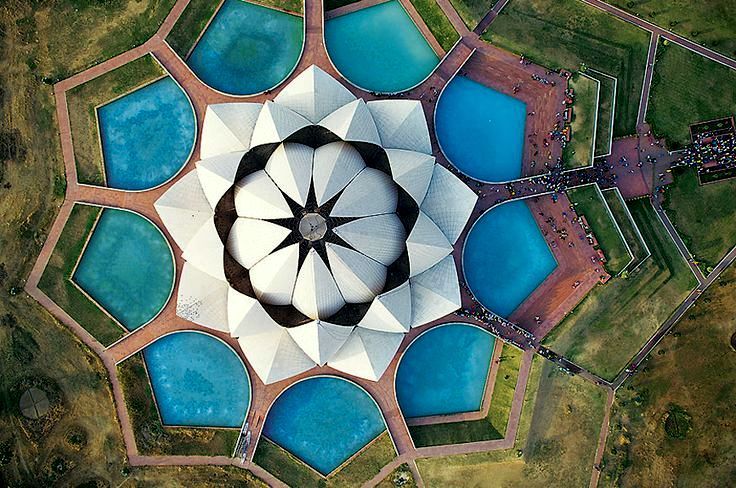
Satellite view of the Lotus Temple Delhi
Credit- Pinterest
The Baha’i houses of worship have won innumerable laurels all over the world and Lotus Temple Delhi is one of them. It is one of the sensations of Modern Architecture in India. Not only is it honoured for its architectural splendour but also for the rationale that this site of devotion abides by. Openness and equality towards all cultures make it a place where parity doesn’t depend on class, caste or religion, the perfect melting pot of all cultures. The Lotus Temple Delhi has been the mecca of all religions for several years now. The number of visitors continues to soar with every passing year. One has to visit the temple in order to experience the quintessence of piety in its true spirit.
How to reach Lotus Temple Delhi
The Lotus Temple Delhi is easily accessible from the rest of the city. The nearest metro station is Kalkaji Mandir. It is at a walkable distance from there. From the Delhi Airport, it is at a distance of 30 minutes approximate.






